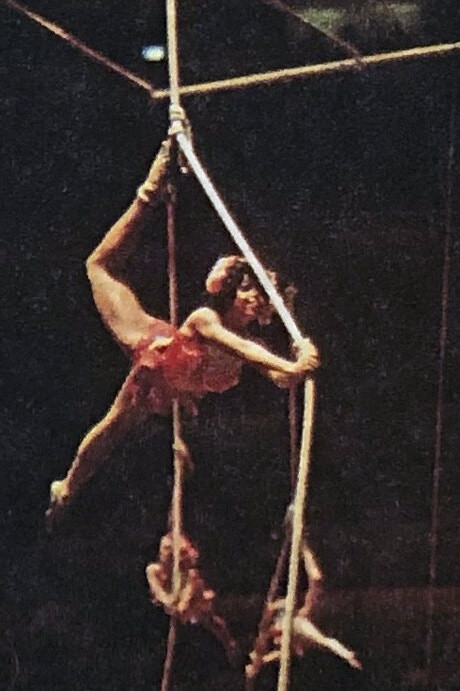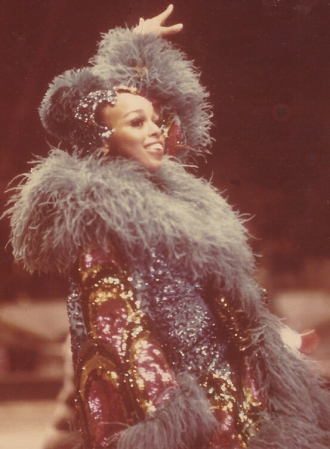Alice up in the air.
What a difficult job.
Date & Place:
Not specified or unknown.


 Amanda S. Stevenson
Amanda S. Stevenson 

